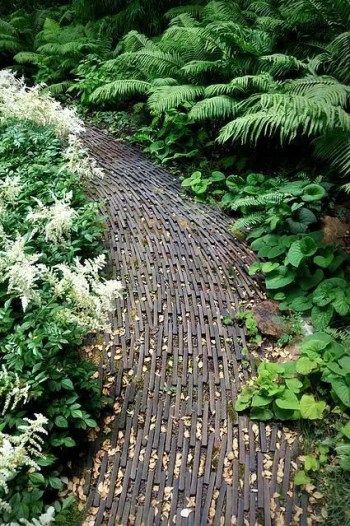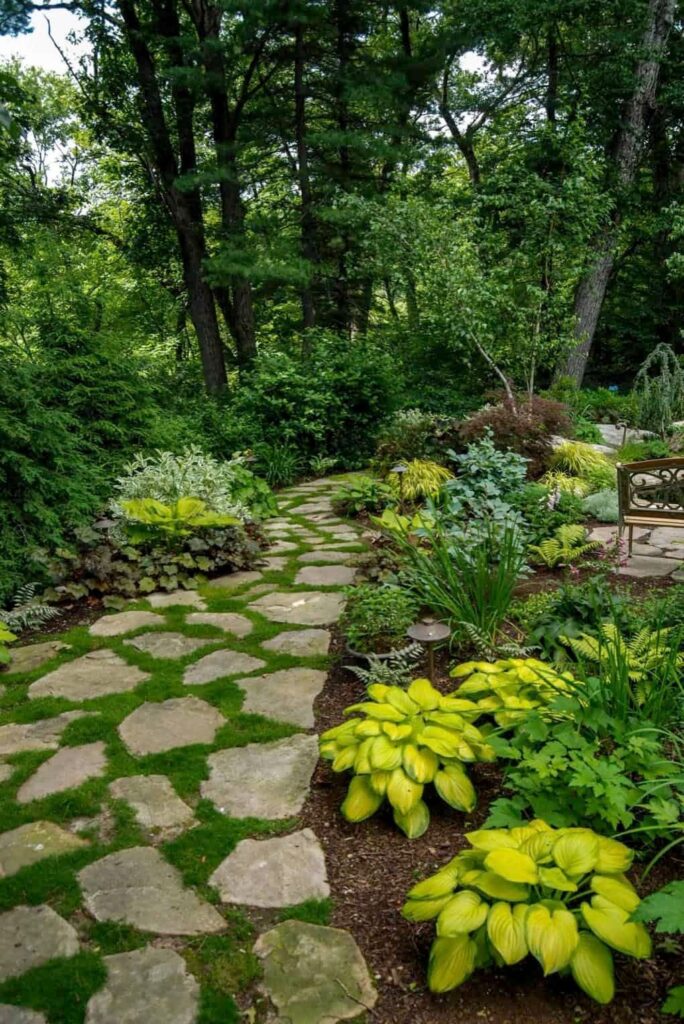Garden paths and walkways are not only functional, but also serve as a design element that can enhance the overall look of a garden. These pathways can lead visitors through different areas of the garden, creating a sense of mystery and intrigue as they explore the space. Whether made of stone, gravel, or wood, garden paths can add a touch of charm and whimsy to any outdoor space.
When considering the design of garden paths, it is important to take into account the style and theme of the garden. For a more formal garden, straight and symmetrical paths with clean lines may be more appropriate. On the other hand, a more naturalistic garden may benefit from meandering pathways that follow the contours of the landscape. Ultimately, the design of the garden paths should complement the overall aesthetic of the garden.
In addition to their aesthetic value, garden paths also serve a practical purpose by providing easy access to different areas of the garden. Whether leading to a secluded seating area, a vegetable garden, or a pond, these pathways can help guide visitors and prevent trampling of plants. Properly designed paths can also help prevent erosion and wear and tear on the garden, especially in high-traffic areas.
Materials for garden paths can vary widely, depending on the desired look and budget. Common materials include gravel, stone, brick, and wood. Gravel paths are easy to install and maintain, while stone paths can provide a more formal and elegant look. Brick paths are durable and add a classic touch to the garden, while wood paths create a natural and rustic feel. Mixing and matching different materials can also create a unique and interesting look for garden paths.
The width of garden paths is another important consideration when designing a garden. Paths should be wide enough to accommodate two people walking side by side, with a minimum width of at least three feet. This will allow for comfortable passage and prevent overcrowding on the path. In areas where wheelbarrows or garden carts may need to pass through, wider paths may be necessary to ensure easy movement.
Overall, garden paths and walkways are an essential element of any well-designed garden. Not only do they provide practical access to different areas of the garden, but they also add beauty and character to the outdoor space. By carefully considering the design, materials, and width of garden paths, gardeners can create a welcoming and inviting environment for themselves and their visitors to enjoy.

















